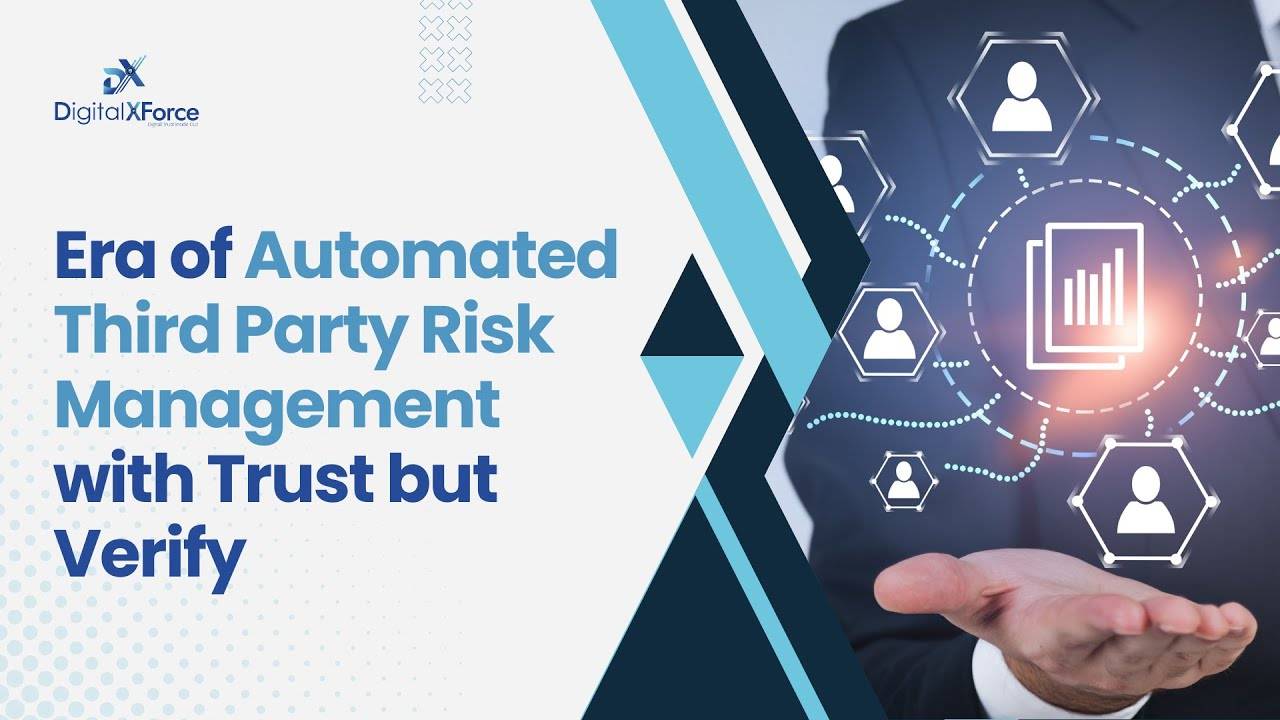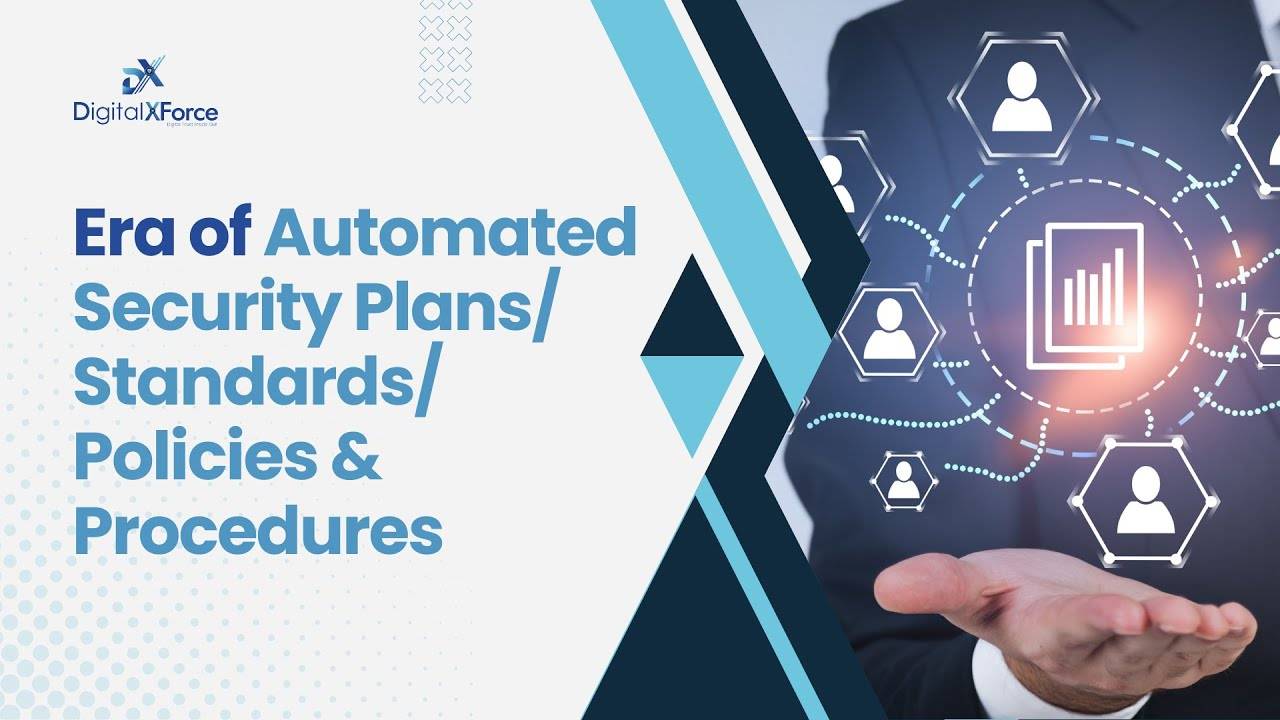Real-time, Continuous Integrated Risk Management
Proactively identify and address potential threats, reduce the impact of security incidents, and ultimately build a more secure and resilient IT environment.
What We Give You

Continuous Monitoring
Regular tracking and analysis of the organization's IT environment, including hardware, software, network infrastructure, and user activity, to identify potential threats and vulnerabilities.

Threat Intelligence
Gathering and analyzing information on known and emerging threats from various sources, such as threat feeds, security news, and industry reports to help organizations stay informed about the latest risks and adjust their security posture accordingly.

Real-time Risk Assessment
Evaluating the organization's security risks continuously and dynamically, considering factors such as vulnerabilities, threat intelligence, and the potential impact on business operations to allow for a more accurate and up-to-date understanding of the risk landscape.

Automated Risk Mitigation
Implementing automated tools and processes to quickly respond to identified risks and vulnerabilities, such as automated patch management, intrusion detection and prevention systems, and security information and event management (SIEM) solutions.

Integration with Business Processes
Aligning cybersecurity risk management efforts with the organization's business objectives and risk appetite to ensure effective risk mitigation strategies do not hinder the organization's overall goals.

Data-driven Decision Making
Leveraging data analytics and machine learning to identify patterns, trends, and anomalies in the organization's security data to help improve risk assessments, prioritize mitigation efforts, and enhance the overall security strategy.

Collaborative Approach
Collaboration between different teams within the organization, such as IT, security, and business units, to ensure a comprehensive understanding of the risk landscape and a unified approach to risk management.

Continuous Improvement
Regular reviews and updates of risk management processes, policies, and tools to adapt to the ever-changing threat landscape and maintain an effective security posture.
 DigitalXForce secures $4M Seed Round valued at $33M and a Nasdaq TimeSquare feature to celebrate the achievement.
DigitalXForce secures $4M Seed Round valued at $33M and a Nasdaq TimeSquare feature to celebrate the achievement. 


